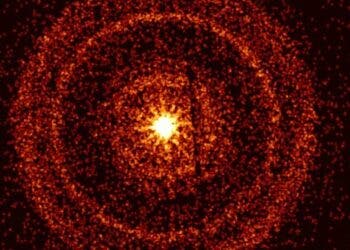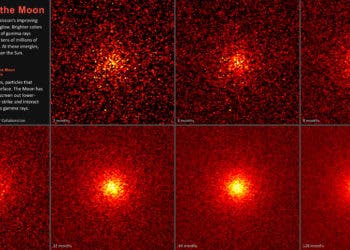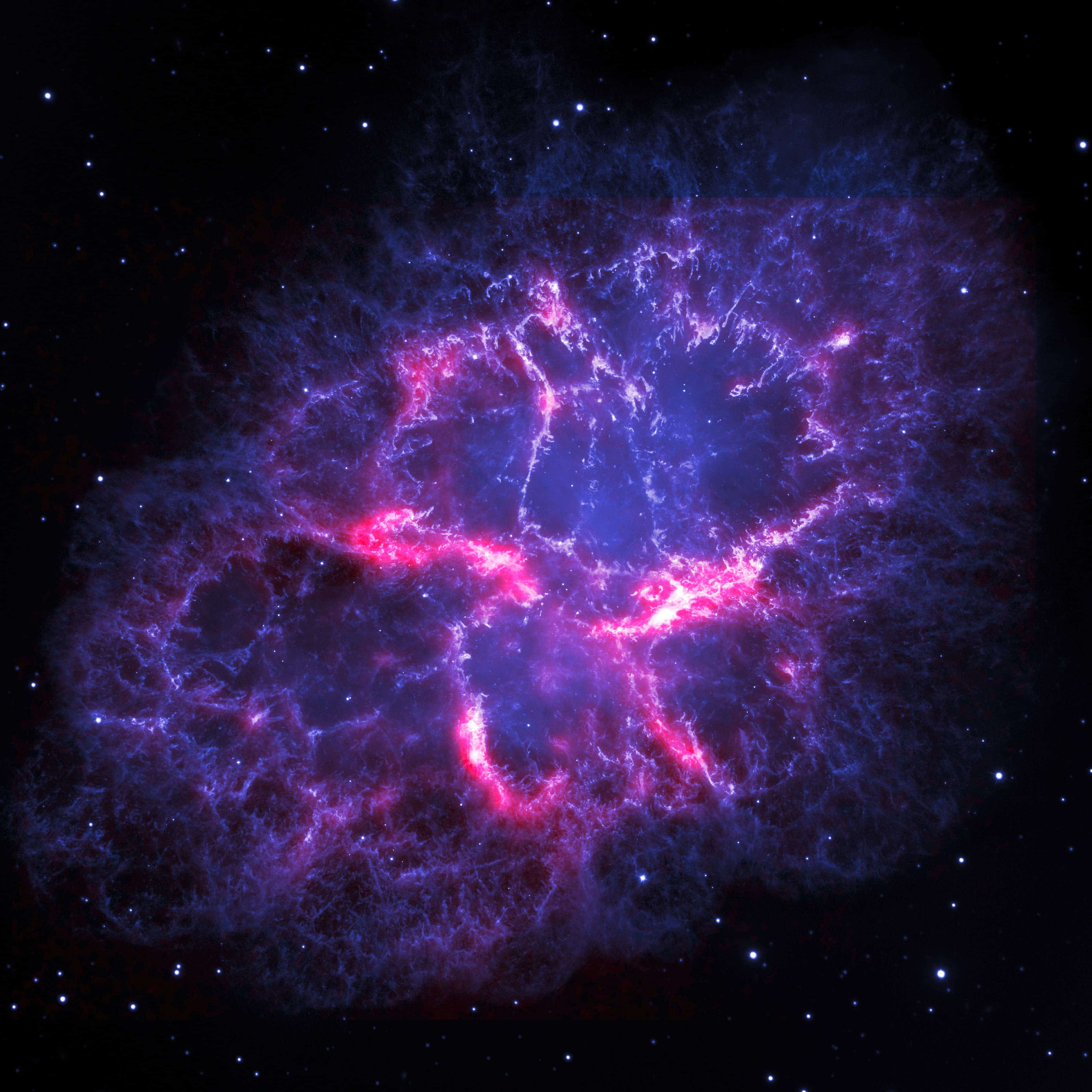Thousands of years ago, when people looked at the night sky, they named the constellations based on their world and mythology. You have, for instance, Andromeda, Leo (the lion), and Hercules, all derived from Greek culture. But what would constellations be named in today’s culture? NASA did just that, and here’s what they came up with.

The new constellations include quite a few favorites of modern culture: from the Little Prince to Star Trek’s Enterprise, and from Godzilla with his heat ray to the time-warping TARDIS from Doctor Who. The Hulk, the product of a gamma-ray experiment gone awry, and Schrodinger’s cat are also featured.
The constellation collection was published to celebrate NASA’s Fermi Gamma-ray Space Telescope, which has been in operations for 10 years.
“Developing these unofficial constellations was a fun way to highlight a decade of Fermi’s accomplishments,” said Julie McEnery, the Fermi project scientist at NASA’s Goddard Space Flight Center in Greenbelt, Maryland. “One way or another, all of the gamma-ray constellations have a tie-in to Fermi science.
Since 2018, the Fermi Telescope has been surveying the night sky, probing dark matter, studying the high-energy behavior of gamma-ray bursts, and searching for micro-black holes, among many other objectives. Essentially, everything that features gamma-ray radiation can be studied to some extent by the telescope. Constellations are just a secondary bonus. The telescope’s official page reads:
“The Universe is home to numerous exotic and beautiful phenomena, some of which can generate almost inconceivable amounts of energy. Supermassive black holes, merging neutron stars, streams of hot gas moving close to the speed of light … these are but a few of the marvels that generate gamma-ray radiation, the most energetic form of radiation, billions of times more energetic than the type of light visible to our eyes.”
Fermi has been monumentally successful, says NASA’s Elizabeth Ferrara, who led the constellation project. The number of sources mapped by Fermi had expanded to 3,000 by 2015 — which is 10 times the number known before the mission.
If you want to explore the whole set of constellations, you’re in luck: Ferrara and Daniel Kocevski, an astrophysicist now at NASA’s Marshall Space Flight Center in Huntsville, Alabama, developed a web-based interactive to showcase the constellations.
The interactive website features lovely artwork from Aurore Simonnet, an illustrator at Sonoma State University, as well as a map of the whole gamma-ray sky from Fermi.
Although the original design featured a five-year lifetime (with a goal of ten years of operations), the telescope is still working as good as ever, and we can probably expect much more to come from it.
“Fermi is still going strong, and we are now preparing a new all-sky LAT catalog,” said Jean Ballet, a Fermi team member at the French Atomic Energy Commission in Saclay. “This will add about 2,000 sources, many varying greatly in brightness, further enriching these constellations and enlivening the high-energy sky!”






